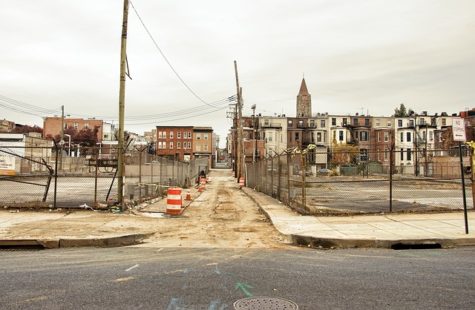COLUMBUS, Ohio — A new study finds that potentially a third of American households — an estimate twice as high as previous findings — not only struggle to get enough food, but don’t even have access to the staples of a high-quality diet.
A research team at Ohio State University surveyed 663 households in Columbus ranging widely in socioeconomic and racial background. The authors looked at the families’ dietary habits and their ability to bring healthy foods into their homes.

“Almost a third of the households were food insecure, and more than 16 percent had very low food security, meaning they were skipping meals, at risk for experiencing hunger and probably missing work and school and suffering health problems as a result,” says Michelle Kaiser, the study’s lead author and an assistant professor of social work, in a university release. “Previous estimates based on county-level census data would have suggested about half as many households didn’t have enough food or adequate access to food.”
Being food insecure means a person has insufficient access to quality foods, sometimes doesn’t have the means to feed themselves or their families healthily, and/or relies on welfare services to provide enough to eat.
Twenty-six percent of the 663 household in the study said they were not at all satisfied with their ability to get food easily. Twenty-seven percent said they had trouble finding fresh produce, despite 86 percent of households reporting that nutritional value in their diet was “important or “very important.” Of all the households surveyed, 32 percent had low or very low food security.
The researchers also audited the stores where many of the people from the neighborhoods in the survey shopped. Many households have to supplement their shopping at supermarkets with trips to the corner store or a carry-out restaurant closer to their homes, which often have a limited selection of healthy foods.
Kaiser says that more supermarkets are shutting down in poorer areas, leaving low-income residents without many options.
“This study exposed the vastly different experiences of people who all live in the same city,” she says. “My suspicion is that most people don’t recognize that there are such discrepancies and can’t imagine living where they couldn’t easily go to a grocery store.”

And yet we’re all too fat.
Almost every household has a widescreen TV, cable, x-box, and smart phones.
You can tell who’s poor in the US. They only have basic cable.